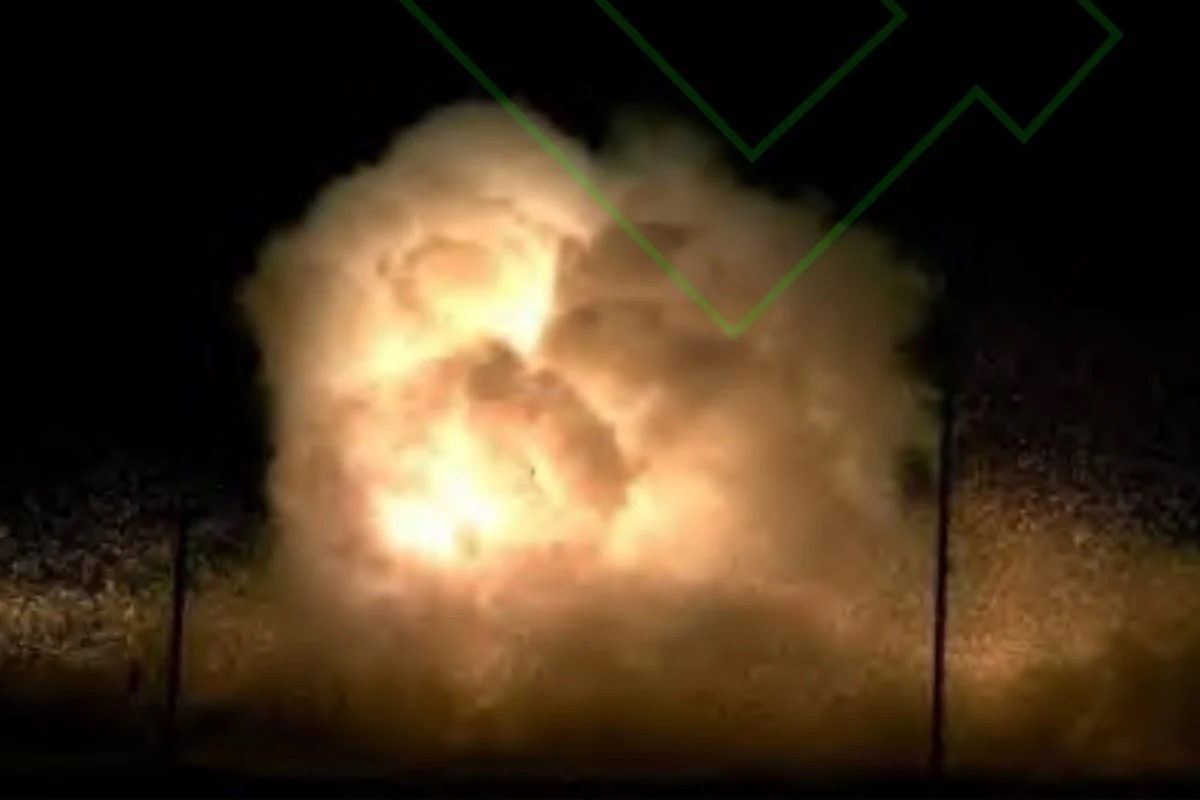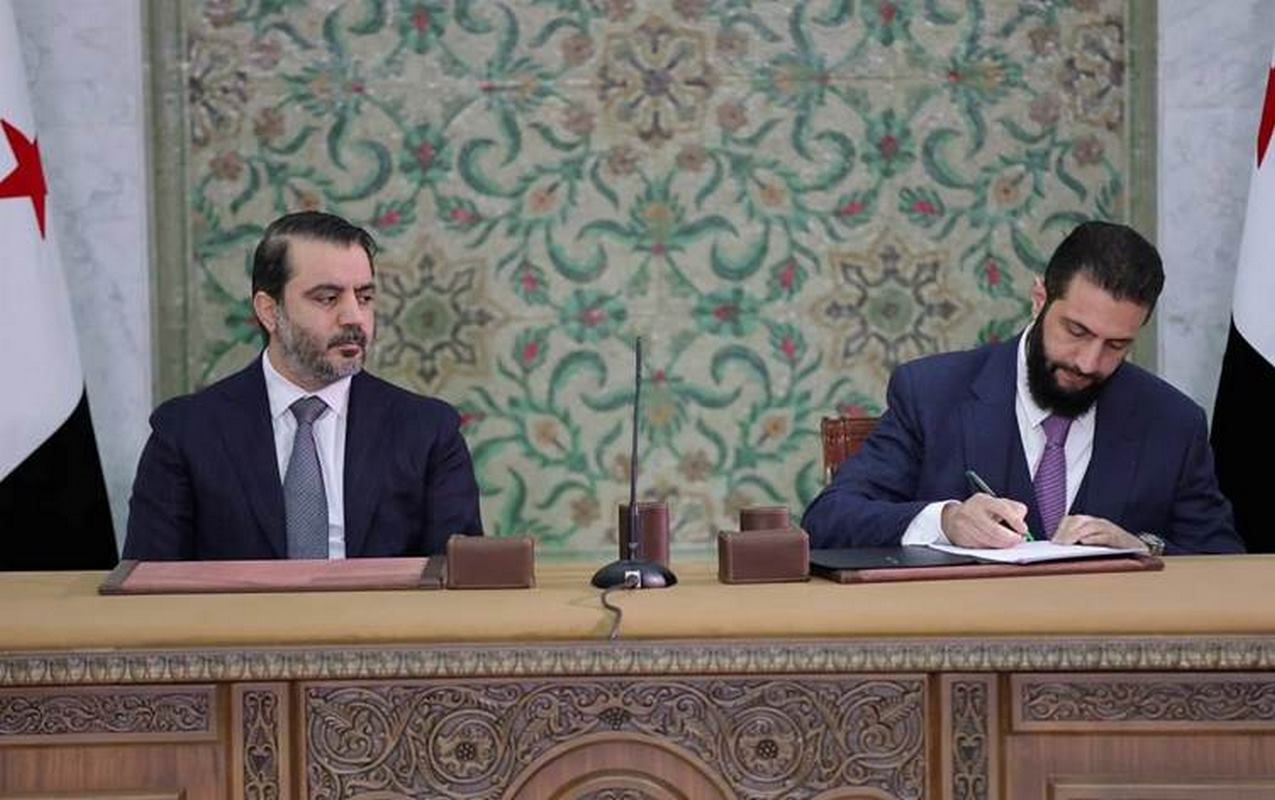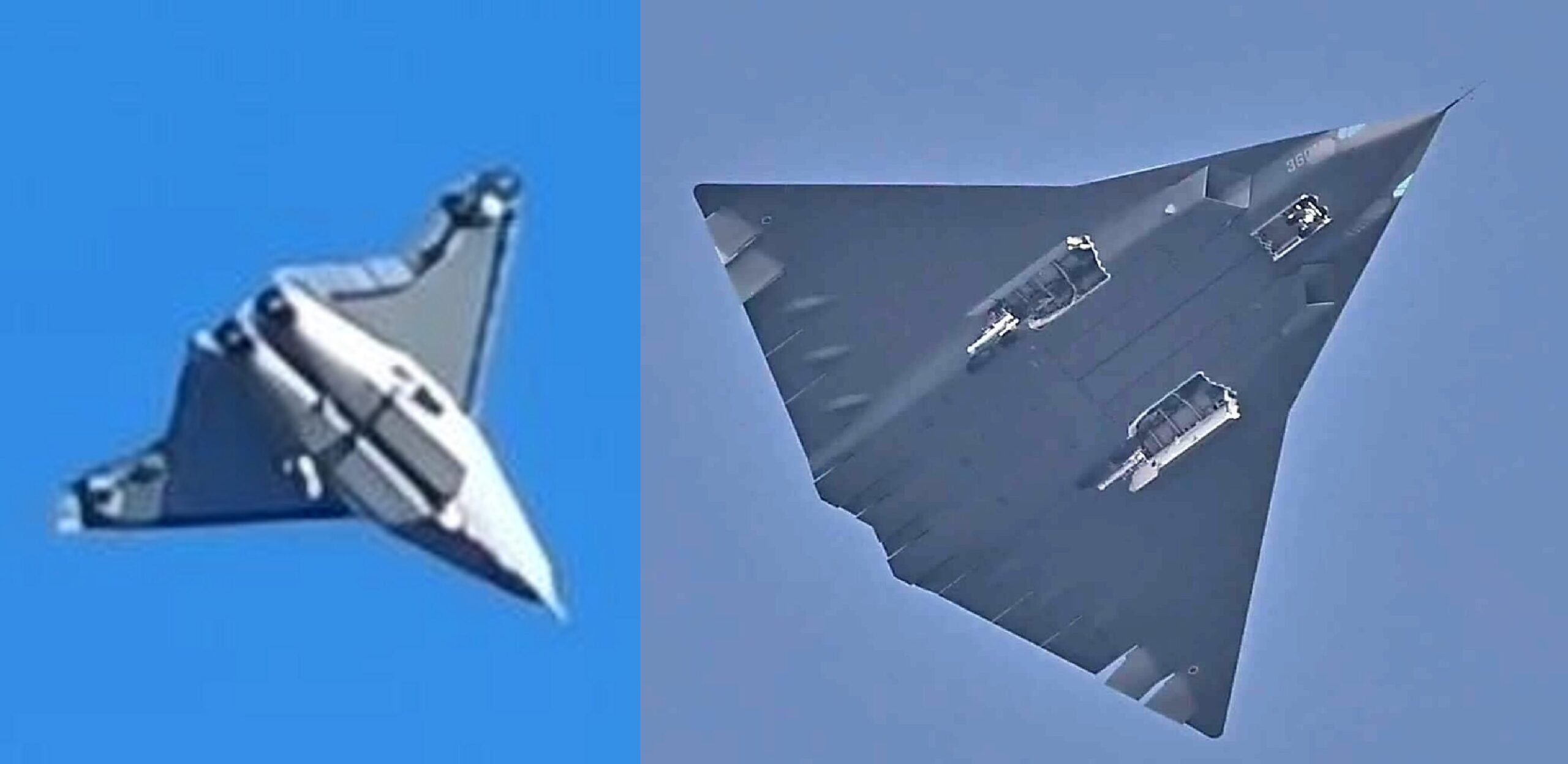PICTURED: Smoke rises from the City Hall building in Almaty during January 5th protests in Kazakhstan. . (AP Photo/Yan Blagov). Fair Use.
ASTANA, Kazakhstan. January 9th, 2021. Riots and unrest shook the largest country in Central Asia during the first week of January, sparked off reportedly due to a doubling in the price of liquified natural gas, which most citizens use to power their cars.
A member of the Collective Security Treaty Organization (CSTO,) a defense-pact between former Soviet republics, Kazakhstan President Kassym-Jomart Tokayev requested a peacekeeping force come to the country to help restore order.
Tokayev also called the riots, which saw 160 people killed and more than 5,000 injured, an “attempted coup d’état”. He also ordered the arrest of the head of the nation’s intelligence division for treason following an investigation.
Russian President Vladimir Putin equally referred to it as a kind of coup or “color-revolution,” and claimed victory on Monday after rioting ceased following the deployment of around 2,000 CSTO peacekeepers. The color-revolutions were a number of popular uprisings that ousted strongmen in former-Soviet countries, many of which were orchestrated or at least supported by western intelligence agencies.
“We realize that the developments in Kazakhstan mark neither the first nor the last attempt at foreign interference in the domestic affairs of our countries,” Putin said. “The measures that the CSTO took made it clear that we would not let anyone destabilize the situation in our domain or implement the so-called color revolution scenarios”.
The truth is obscured, but reports from outside news agencies of armed groups swiftly targeting radio stations, airports, and even the banking sector lend an ounce of credence to the two presidents’ claims. Tokayev has said he will provide proof of terrorist activity to the international community soon.
PICTURED: Tokayev (right) with Ukrainian President Volodymyr Zelensky at the U.N. General Assembly in New York City, in September of 2019. PC: president.gov.ua CC 4.0.
Timeline
January 1st: Protests quickly turn violent after the government announce a sharp increase in fuel prices.
January 3rd: What began in the oil-producing city of Zhanaozen spread to Almaty, Astana, and Nur-Sultan.
January 4th: More than 1,000 protestors turned up in Almaty square, while President Tokayev announced a 2-week state of emergency to enter into affect the following day. The internet was turned up.
January 5th: Tokayev accepted the resignation of the entire government in an effort to appeal to the crowds. The Almaty Mayor’s office was stormed and burned, as were the houses of Tokayev which was stormed with rifles and damaged with grenades, and the Nur Otan party headquarters.
January 6th: 3,000 Russian paratroopers arrived in Kazakhstan on the morning of after president Tokayev made a formal request for assistance to the Collective Security Treaty Organization. Armenia, Belarus, Kyrgyzstan and Tajikistan also sent troops.
January 7th: Price of natural gas is reduced again, and Tokayev “claims that Constitutional order has largely been restored”. He also announced that he had ordered troops to shoot without warning at anyone protesting, calling protesters ‘bandits and terrorists’.
January 9th: The President has continued his purge of the security and intelligence agency with two more top officials being fired without explanation. The police say 6,000 people had been arrested as part of the worst violence in 30 years.



